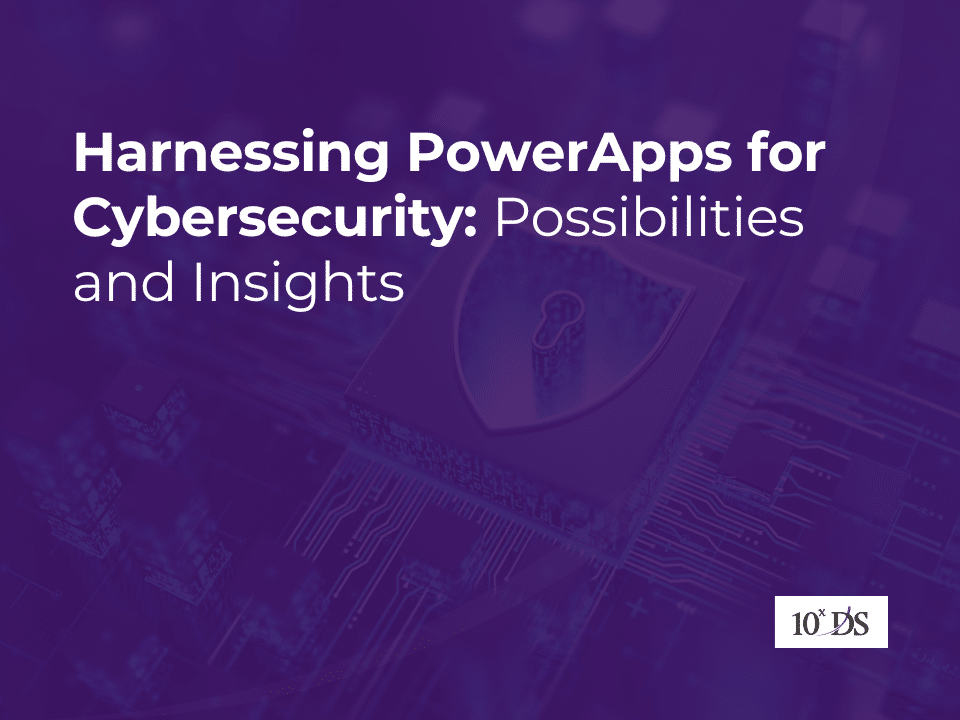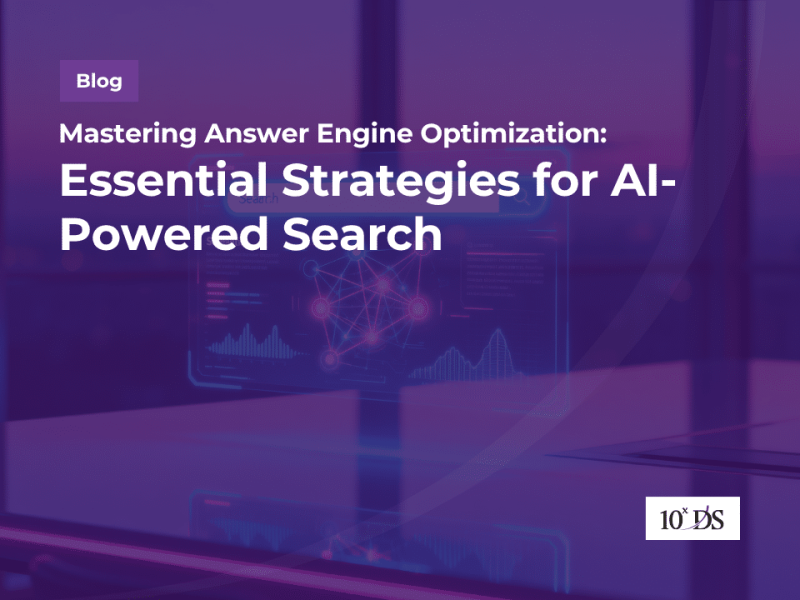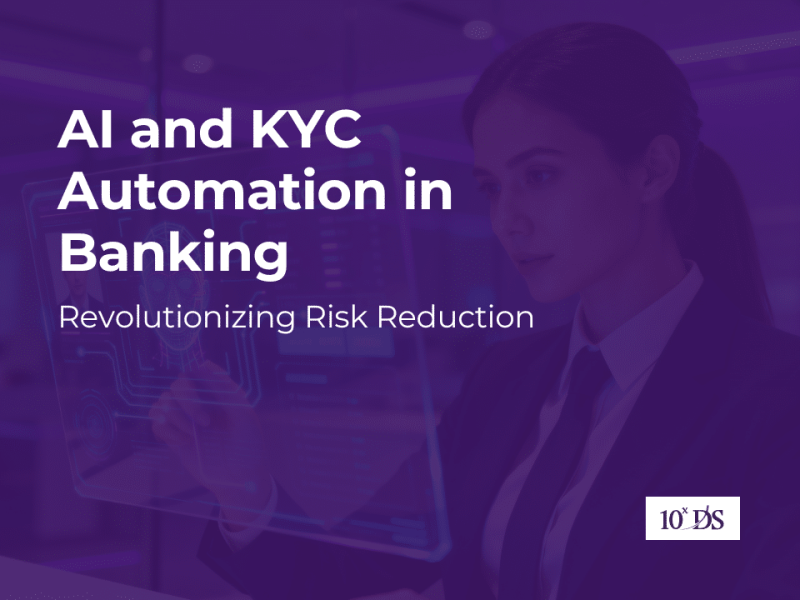
Harnessing PowerApps for Cybersecurity: Possibilities and Insights
As businesses increasingly rely on custom applications to drive efficiency and innovation, ensuring the security of these apps is paramount. The rise of low-code platforms like PowerApps democratizes app development, enabling users of varying skill levels to create applications quickly. While this accessibility is beneficial, it also introduces security vulnerabilities that must be addressed.
Ensuring the security of PowerApps is essential to protect sensitive information thereby maintaining user trust and to comply with industry regulations. This blog explores the possibilities of PowerApps in the realm of cybersecurity.
PowerApps comes with a bunch of built-in security features that can support users keep their applications secure. Getting to know and using these features is the first step to building safe and reliable apps.
Key Security Features of PowerApps
- Role-Based Access Control (RBAC): Power Apps utilizes RBAC to define user permissions at granular levels. This allows organizations to ensure that only authorized personnel can access or modify sensitive data. Different security roles, such as administrators, managers, or general users, can be tailored to suit varying needs and access rights across an organization.
- Field-Level and Row-Level Security: Field-level security restricts access to specific data fields based on user roles, ideal for sensitive information like financial or HR data. Row-level security goes a step further by controlling access to specific records. For example, users can only view records pertinent to their role or department, limiting data exposure across the platform.
- Data Loss Prevention (DLP) Policies: Power Apps supports DLP policies, which help prevent the inadvertent sharing of sensitive information between business and non-business environments. By defining connectors as “business only” or “no business,” admins can restrict data flow between approved services like Dataverse and external services, reducing the risk of data breaches.
- Encryption: PowerApps ensures data is encrypted both in transit and at rest, providing robust protection for sensitive information.
- Conditional Access with Azure AD: By integrating with Azure Active Directory, Microsoft’s cloud-based identity and access management service, Power Apps can enforce conditional access policies, such as multi-factor authentication (MFA), ensuring that only trusted devices or locations can access critical applications and data. This enhances security by making unauthorized access more difficult.
- Monitoring and Auditing: Administrators can utilize monitoring tools to track user activity and identify unusual behavior, allowing for proactive security measures.
These features collectively make PowerApps a compelling option for organizations looking to strengthen their cybersecurity posture.
Use cases and functionalities
Now, let’s explore some key possibilities of where these features can be applied to enhance security measures and streamline processes in various areas.
1. Incident Management
One of the primary applications of PowerApps in cybersecurity is incident management. Organizations can create custom incident response applications that allow cybersecurity teams to log, track, and resolve security incidents efficiently. A study by IBM reported that organizations with a formal incident response team can reduce the cost of a data breach by $1.23 million.
2. Phishing Reporting
Phishing attacks remain a widespread threat, with more than 3.4 billion phishing emails sent daily, according to Statista. PowerApps can facilitate phishing reporting by allowing employees to easily report suspicious emails or messages. By integrating Power Automate, reported incidents can automatically trigger workflows for further investigation or user education, reducing response time and improving awareness.
3. Vulnerability Management
PowerApps can be utilized to streamline vulnerability management processes. Organizations can develop applications that track identified vulnerabilities, assign them to relevant teams, and monitor remediation efforts. Studies show that organizations that actively manage their vulnerabilities reduce the chances of a data breach by 60%.
4. Security Awareness Training
Using PowerApps, organizations can create interactive training modules to educate employees on cybersecurity best practices. This can include gamified learning experiences, quizzes, and assessments to reinforce knowledge. Studies indicate that employees are more likely to report security incidents after participating in regular training sessions.
5. Compliance Tracking
PowerApps can help organizations track compliance with industry regulations such as GDPR, HIPAA, and PCI DSS. Custom applications can manage compliance checklists, audit logs, and documentation.
6. Access Management
PowerApps can be used to create applications that manage user access and permissions across various systems. By centralizing access control, organizations can ensure that only authorized personnel have access to sensitive data. According to a study by Cybersecurity Insiders, 80% of data breaches are due to compromised credentials, highlighting the importance of robust access management.
7. Real-Time Threat Intelligence
The global cybersecurity market is projected to reach $345.4 billion by 2026, driven by the demand for real-time threat detection and response solutions says the market research firm Fortune Business Insights. By integrating PowerApps with threat intelligence feeds, organizations can develop dashboards that display real-time data on potential threats. This can help security teams stay informed about emerging risks and respond proactively.
Real-World Examples
To illustrate the practical impact of Power Apps in cybersecurity, here are two real-world examples where organizations, partnered with 10xDS, leveraged Power Apps to streamline their processes and enhance security measures.
A leading media brand in the Middle East leveraged Power Apps, to automate their Access Control Management process, significantly enhancing cybersecurity. The manual process, which led to inefficiencies and approval delays, was replaced with a streamlined, automated workflow. This allowed real-time tracking of user access to applications, reducing security risks and ensuring compliance. Automated notifications and clear user assignments promoted accountability and ensured timely task completion. As a result, the organization achieved a 90% increase in efficiency and 98% SLA compliance.
In another case, a leading bank in the GCC partnered with 10xDS to enhance its security implementation and develop a robust management practice using industry-leading standards. The bank sought to modernize its infrastructure with a Software Defined Networking solution to improve application agility and automate data centre operations. 10xDS utilized Power Apps to create a user-friendly interface that allowed the bank’s team to easily monitor, manage, and track the SDN solution’s performance and security implementations. Combined with specialized SDN expertise, a security baseline with step-by-step deployment instructions, and reduced turnaround times through RPA, Power Apps enabled a centralized platform for streamlined management and reporting.
Conclusion
As cyber threats continue to evolve and become increasingly sophisticated—evidenced by recent high-profile attacks that have compromised sensitive data and disrupted business operations—leveraging innovative technologies like PowerApps is more crucial than ever. It is beneficial for small to medium-sized enterprises (SMEs) looking to enhance their cybersecurity posture without significant IT investment, as well as large organizations needing customizable solutions for complex security challenges. These tools can significantly enhance an organization’s ability to respond to incidents, protect sensitive data, and cultivate a culture of cybersecurity awareness. By embracing such solutions, organizations not only mitigate risks but also empower their teams to act swiftly and effectively in the face of potential threats. In today’s rapidly changing threat landscape, investing in robust cybersecurity measures is not just a choice; it is a necessity for safeguarding the future of any business. Contact us today to discover how we can enhance your cybersecurity strategy and protect your business.


